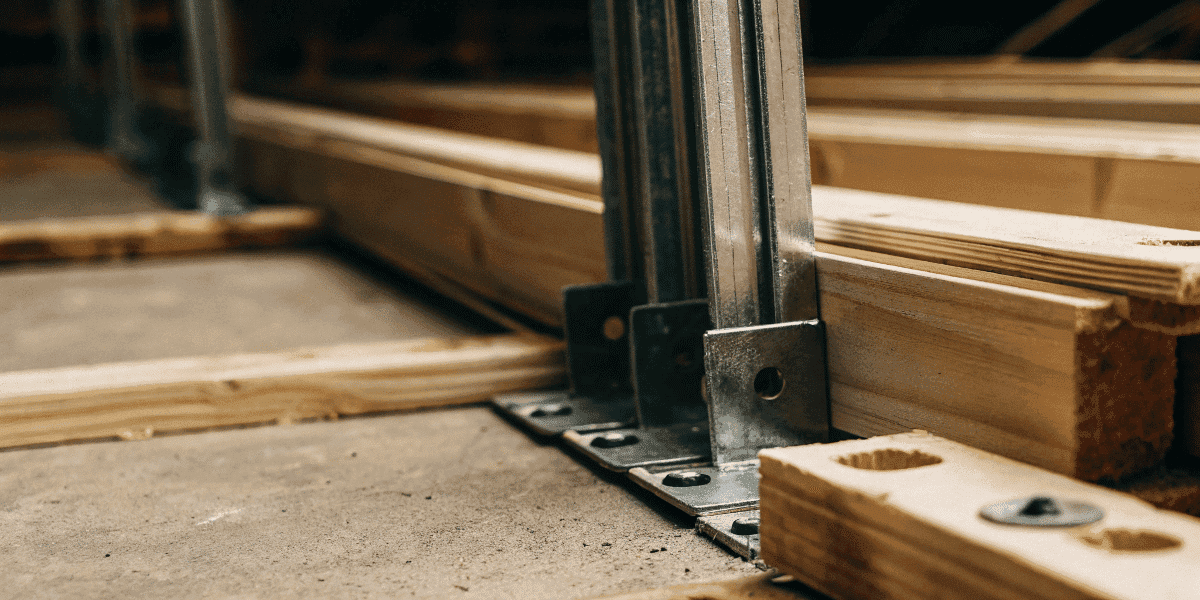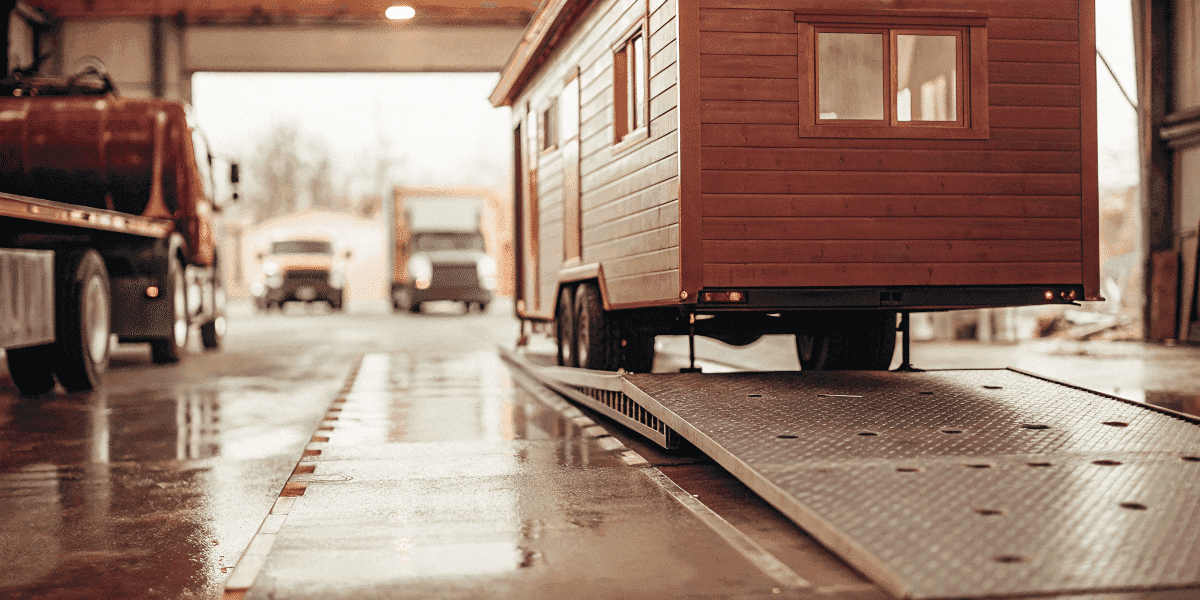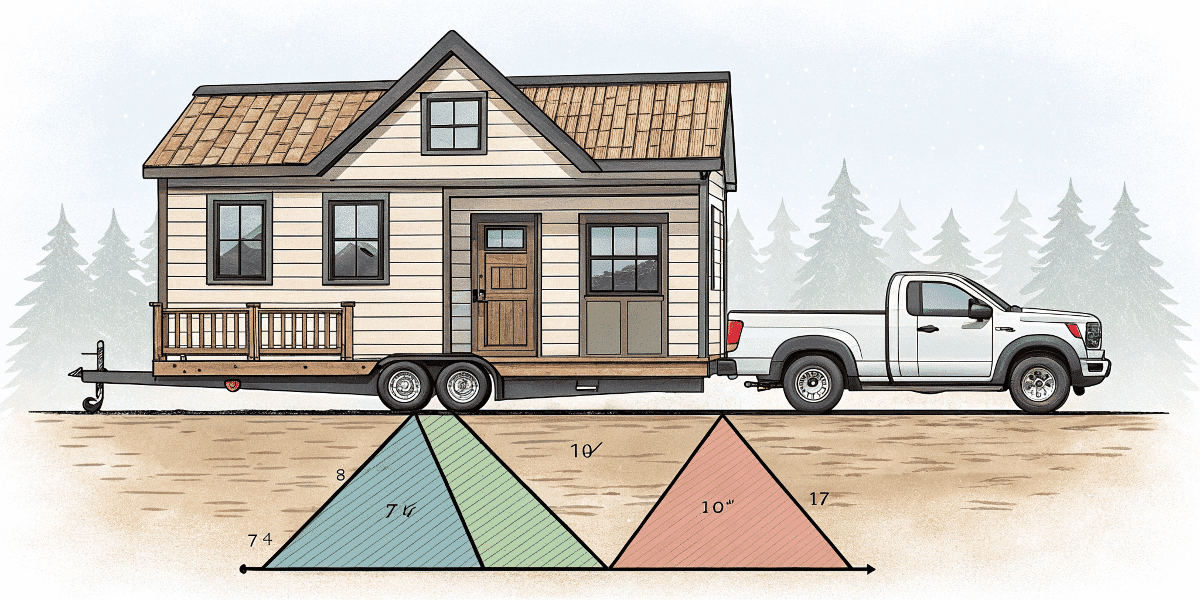Curious about how much does tiny house weigh? Understanding the weight of your tiny home, including the average tiny house, is crucial for safe towing and compliance with legal limits. From materials to personal belongings, several factors influence a tiny house’s weight. This guide will help you navigate the intricacies of tiny house weight.
- Key Points:
- Understanding Tiny House Weight
- Factors Affecting Tiny House Weight
- Calculating Tiny House Weight
- Measuring Tiny House Weight
- Weight Ratings and Limits
- Designing for Optimal Tiny House Weighs
- The Impact of Tiny House Weight on Safety and Maintenance
- Tiny House Weight Examples
- Tips for Reducing Tiny House Weight
- Wrapping Up Tiny House Weight Considerations
- FAQ's
- What are some tips for reducing the weight of my tiny house?
- What are the weight limits I should keep in mind for my tiny house trailer?
- How can I accurately measure the weight of my tiny house during construction?
- What factors influence the weight of a tiny house?
- Why is it important to know the weight of a tiny house?
Key Points:
- Understanding Tiny House Weight: Tiny house weight is crucial for safety and legal compliance, influenced by materials, trailer weight, size, and personal belongings.
- Factors Affecting Tiny House Weight: Materials used, trailer base, size, and contents all determine the overall weight of a tiny home, with lighter materials reducing weight.
- Calculating and Measuring Tiny House Weight: Accurate weight calculations involve knowing dry weight, GVWR, and regularly weighing during construction to ensure safety and compliance.
- Weight Ratings and Limits: Every trailer has specific weight limits for axles, tires, and chassis; respecting these ratings prevents damage and ensures safe travel.
- Tips for Reducing Tiny House Weight and Design Considerations: Using lightweight materials, efficient layout, and proper weight distribution can help achieve a lighter, safer tiny home.
Understanding Tiny House Weight
Tiny home weight is a big deal.
It’s super important.
It’s about safety.
It’s about smart towing.
Here’s why it matters:
Exceed those weight limits and you’re asking for trouble. Seriously.
Your tiny home needs good weight balance. It just does.
Weights vary like crazy. Some are light. Some aren’t.
Knowing your tiny’s weight? That’s not just nice—it’s necessary for getting from A to B without disaster.
Good weight distribution isn’t optional. It’s how you avoid becoming roadside news.
Factors Affecting Tiny House Weight

What makes your tiny heavy or light?
Let’s break it down:
Materials Matter: Lighter stuff means a lighter home. Simple math. If you’re using materials like hardwood, this will increase the weight of the tiny home while lighter materials can bring it down.
That Trailer Weight: Don’t forget—your foundation on wheels adds plenty of pounds to the total.
Dry Weight Differences: This is your tiny house dry weight, which is the house minus all your stuff and water. And boy, does it vary between homes!
Size Counts: Bigger tiny house? Bigger numbers on the scale. That’s just how it works.
Your Stuff Adds Up: Every book, pot, and pillow throws extra pounds into the mix. They seem small until they’re not.
Calculating Tiny House Weight
Getting your numbers right is key. Don’t guess. Know your tiny house’s weight.
Here’s what to track:
Nail Down That Dry Weight: You absolutely need this for safe travels.
GVWR is Your Friend: That’s Gross Vehicle Weight Rating—and crossing this line is bad news.
Payload Math: Take the trailer weight, subtract it from GVWR, and there’s your cargo limit.
GCWR Matters Too: Your Gross Combined Weight Rating keeps you legal on highways and byways.
Weigh and Add: Put that trailer on a scale, then count up all your building materials and furniture. That’ll get you close.
Measuring Tiny House Weight

Measuring the weight of a tiny house is crucial for safe towing and transportation. There are several methods to measure the weight of a tiny house, including:
Weighing the Empty Trailer and Materials Used During Construction: This is the easiest way to keep track of weight during the build process. Start by weighing your empty tiny house trailer. Then, as you add materials, keep a running tally. This helps you stay on top of the total weight and avoid surprises.
Following the Plans Purchased: If you bought plans for your tiny house, they often include an estimated final weight. Stick to these plans closely to ensure your tiny house weighs what it should. Deviating from the plans can lead to unexpected weight increases.
Weighing the Tiny House at the Scales During the Build Process: Regularly taking your tiny house to a weigh station during construction can provide accurate weight readings. This method gives you a real-time update on your tiny house’s weight, helping you make adjustments as needed.
Using a Trailer Tongue Weight Scale or Weigh Safe Ball Mount: These tools can provide accurate tongue weight readings. Knowing the tongue weight is essential for safe towing, as it affects how your tiny house trailer handles on the road. Tongue weight should ideally be between 9% and 15% of the tiny house’s total weight.
It’s essential to measure the weight of a tiny house regularly during the build process to ensure that it stays within the weight limit. Exceeding the weight limit can lead to costly repairs, such as upgrading axles. Keeping an eye on your tiny house weight helps you avoid these issues and ensures a smoother, safer journey.
Weight Ratings and Limits
Every trailer has limits.
But the truth?
A chain is only as strong as its weakest link.
Check these critical points:
The Whole Package: Your trailer rating means nothing if any part can’t handle the load—axles, tires, chains, tongue, brakes, frame.
Inspect Before You Buy: Don’t just take the seller’s word. Check those axle ratings, tire limits, safety chain strength, tongue weight, and brake capacity.
Respect Those Numbers: Ignore them, and you’re flirting with damage or worse.
GAWR Knowledge: That’s your Gross Axle Weight Rating—what each axle can handle without crying uncle.
GTW Basics: Gross Trailer Weight tells you what your bare trailer weighs before you add your dream home. Common features in houses, such as a kitchen, bathroom and sleeping loft contribute to the weight.
Designing for Optimal Tiny House Weighs
Smart design saves headaches.
And money.
And possibly your tiny home.
Consider this:
Lighter Is Better: Using weight-smart materials cuts costs and makes moving day less stressful.
Balance Is Everything: Poor weight distribution is like having a toddler on your shoulders—unstable and asking for trouble.
Ask The Pros: When in doubt about weights and materials, tiny house owners should reach out to those who’ve been there.
Design With Weight In Mind: It’s easier to plan for weight than to fix weight problems later. Tiny homes allow for more creativity in layout and design due to their smaller size.
The Impact of Tiny House Weight on Safety and Maintenance

Getting weight wrong isn’t just inconvenient.
It’s expensive.
It’s dangerous.
It’s avoidable.
Here’s the reality:
Overloading Consequences: Too heavy? Hello axle upgrades, construction do-overs, and repair bills that make your eyes water.
Smart Material Choices: Use lightweight options or follow tested build plans to dodge weight nightmares.
Regular Weigh-Ins: Check that weight during construction. Don’t wait until the end for an unpleasant surprise.
Distribution Matters: Even weight across your trailer isn’t just nice—it’s the difference between smooth travels and roadside drama.
Tiny House Weight Examples
How much do these homes actually weigh?
Here’s the scoop:
Tiny Homes on Wheels: Most land between 5,000 and 10,000 pounds. Not exactly featherweights.
Modular Homes: These heavyweights run from 10,000 to 16,000 pounds.
The Average: About 10,000 pounds is typical for a tiny home. That’s 5 tons of tiny living!
Weight Range: Some are lighter, some heavier—depends on size, what they’re made of, and what’s inside.
Tiny House Weight Table
To better understand the weights of various tiny houses, here’s a table summarizing some key figures:
| Type of Tiny House | Average Weight (lbs) | Weight Range (lbs) |
|---|---|---|
| Tiny Homes on Wheels | 5,000 – 10,000 | 5,000 – 10,000 |
| Modular Homes | 10,000 – 16,000 | 10,000 – 16,000 |
| Average Tiny Home | 10,000 | 5,000 – 16,000 |
Tips for Reducing Tiny House Weight

Want a lighter tiny?
Smart moves make a difference.
Try these approaches:
Light Materials and Less Stuff: Embrace minimalism in both construction and lifestyle.
Plan For Movement: If you’ll be towing regularly, every pound matters in your design choices.
Travel-Friendly Design: Tiny homes can be road-ready without sacrificing comfort if you plan right.
Safety First: Good planning creates a secure living space that won’t cause problems when you move.
Wrapping Up Tiny House Weight Considerations
Tiny house weight isn’t just a detail.
It’s crucial.
It’s central to tiny living success.
Weight Understanding Matters: For anybody in the small space world, knowing your numbers is non-negotiable.
Multiple Factors: From trailers to building materials, it all adds up on the scale.
Distribution and Towing: How that weight sits and what pulls it? That’s your transportation success formula.
Money Saver: Get weight right from the start and your wallet stays happier in the long run. Tiny homes offer a more minimalist lifestyle and an opportunity to reduce one’s environmental impact.
Weight Understanding Matters: For anybody in the small space world, knowing your numbers is non-negotiable.
Multiple Factors: From trailers to building materials, it all adds up on the scale.
Distribution and Towing: How that weight sits and what pulls it? That’s your transportation success formula.
Money Saver: Get weight right from the start and your wallet stays happier in the long run.
FAQ’s
What are some tips for reducing the weight of my tiny house?
To reduce weight, use lightweight materials, design efficiently with minimal clutter, plan for weight distribution, and consult professionals to select the best lightweight options.
What are the weight limits I should keep in mind for my tiny house trailer?
Your trailer has specific weight ratings for axles, tires, and the frame, known as GVWR; it’s important to respect these limits to prevent damage and ensure safe transportation.
How can I accurately measure the weight of my tiny house during construction?
You can measure your tiny house by weighing the empty trailer and added materials, following the building plans for estimates, weighing at weigh stations during construction, or using trailer tongue weight scales for precise measurements.
What factors influence the weight of a tiny house?
Factors that affect tiny house weight include materials used in construction, the trailer base, the size of the house, and the contents inside.
Why is it important to know the weight of a tiny house?
Knowing the weight of a tiny house is essential for safe towing, ensuring legal compliance, and proper weight distribution to avoid accidents or damage.



